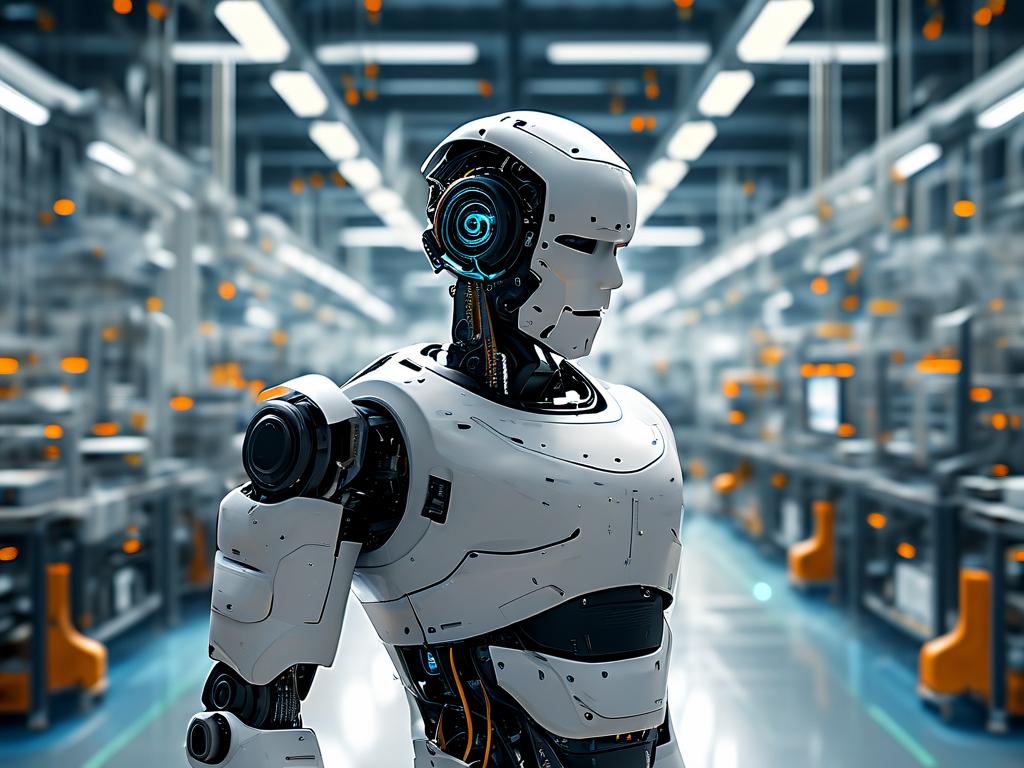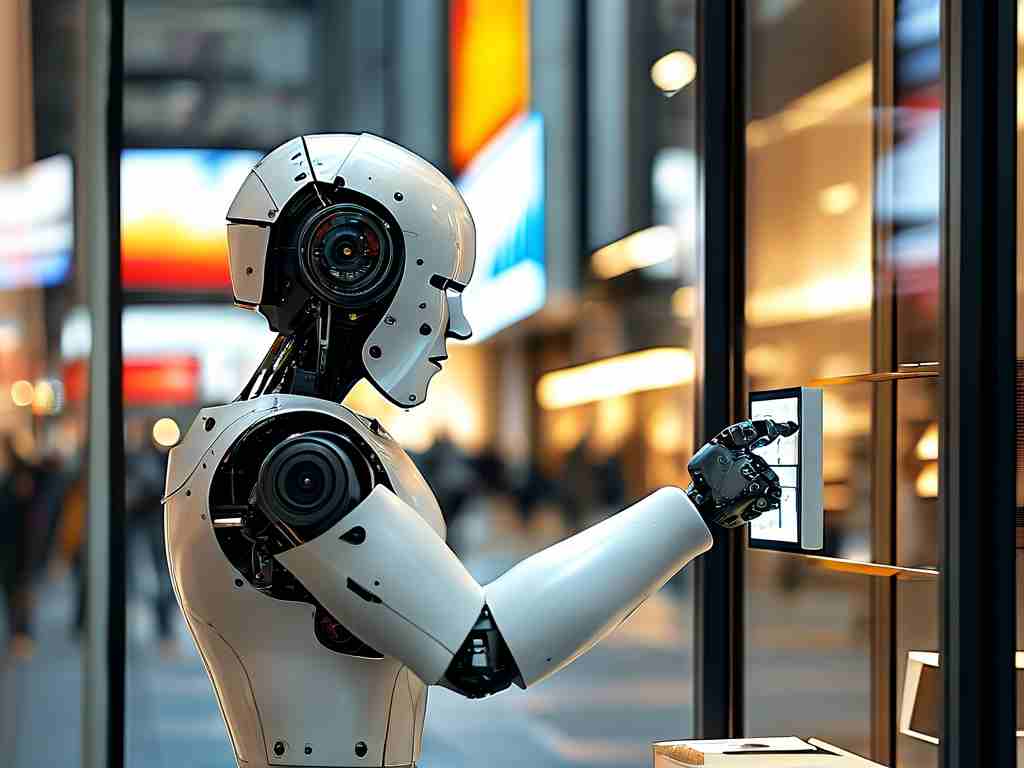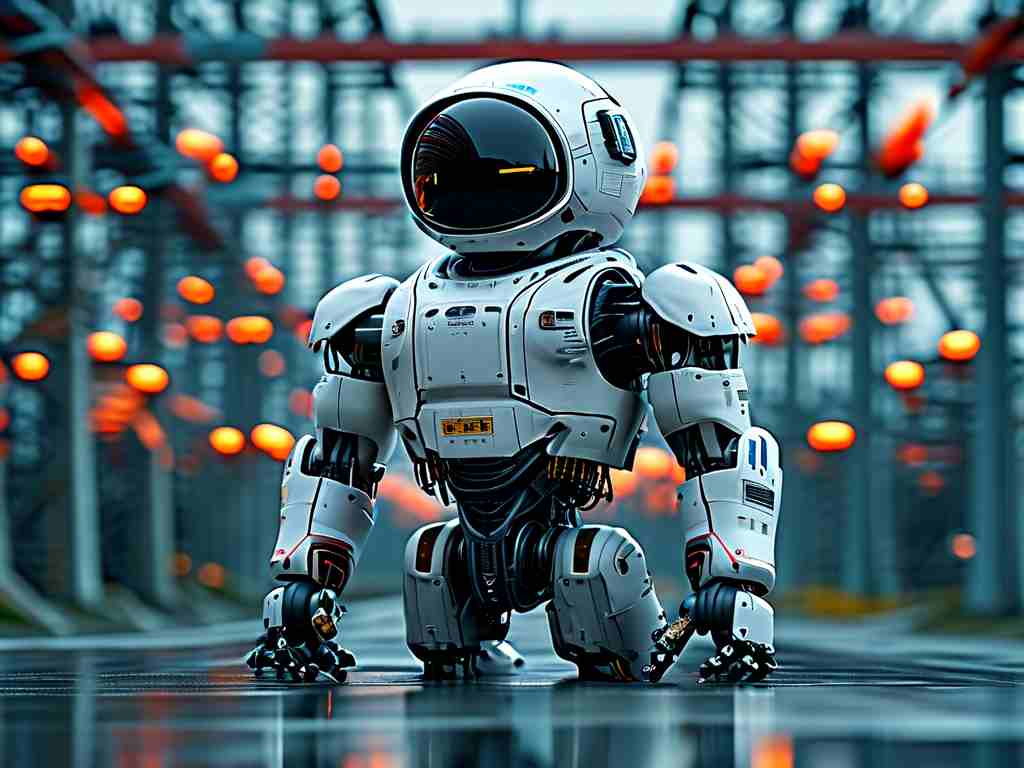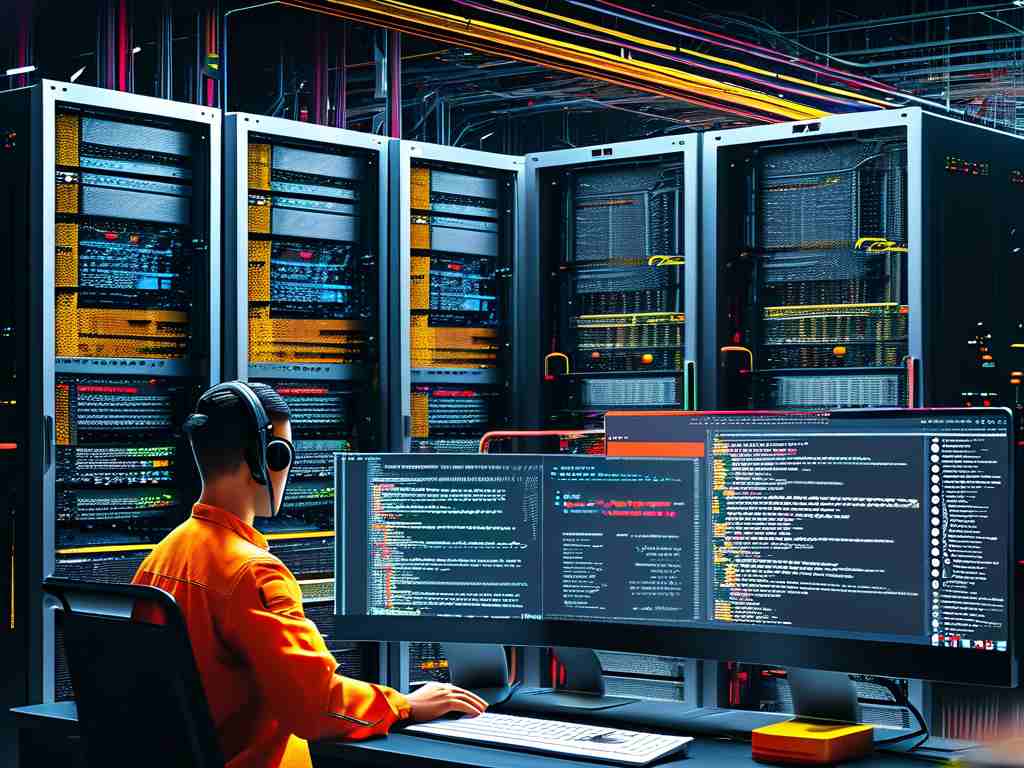In modern industrial environments, robotic depalletizing technology has emerged as a transformative solution for material handling challenges. This advanced automation approach combines mechanical engineering, sensor systems, and intelligent programming to streamline the process of unloading stacked goods from pallets. Let's explore the underlying mechanisms and practical implementations of this innovative technology.
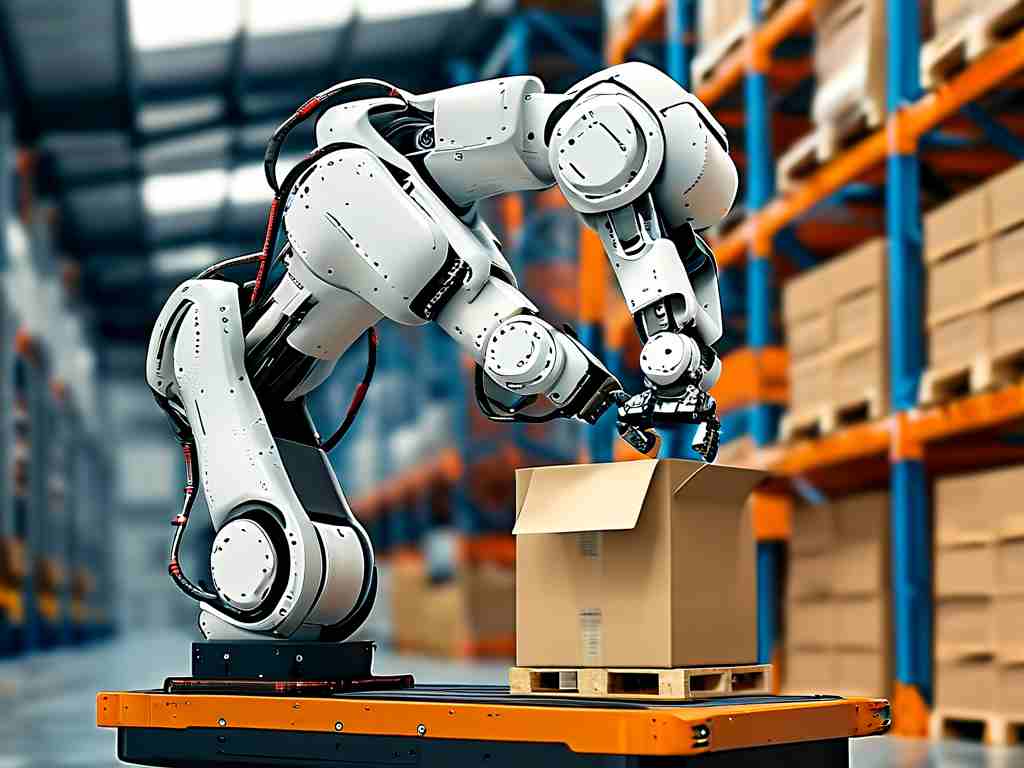
Core Operational Framework
At its foundation, robotic depalletizing systems rely on three interconnected components: perception modules, motion control systems, and specialized end-effectors. The perception system typically employs 3D vision cameras or laser scanners to create digital models of stacked items. These sensors capture detailed spatial data, enabling the robot to identify individual objects within irregular stacks and calculate optimal grasping points.
The motion control subsystem translates this spatial information into precise robotic movements. Modern six-axis articulated arms provide the necessary flexibility to approach pallets from multiple angles, while servo motors ensure millimeter-level positioning accuracy. For handling delicate or variable-shaped items, some systems incorporate force-torque sensors that allow real-time adjustment of gripping pressure during material handling.
End-Effector Innovation
Vacuum grippers remain the most common tool for depalletizing applications, particularly effective for handling boxes with smooth surfaces. These suction-based systems can lift multiple items simultaneously through distributed vacuum zones. For irregularly shaped objects or porous materials, hybrid grippers combining vacuum cups with mechanical fingers have gained popularity. Recent advancements include electroadhesive pads capable of manipulating conductive packaging materials without direct contact.
Programming and Adaptability
Modern depalletizing robots utilize machine learning algorithms to improve pattern recognition capabilities. Through deep learning models trained on diverse pallet configurations, systems can automatically adapt to new stacking patterns without manual reprogramming. This self-learning feature significantly reduces setup time when handling mixed-SKU pallets or seasonal product variations.
Industrial Implementation
In beverage distribution centers, robotic depalletizers demonstrate exceptional efficiency in unloading fragile glass bottles. Equipped with pressure-sensitive grippers, these systems can remove multiple layers per cycle while maintaining a consistent 99.8% success rate. Automotive parts manufacturers employ heavy-duty variants capable of handling metal components weighing over 50kg, with integrated collision detection ensuring safe operation in congested workspaces.
Technical Challenges
Despite significant progress, certain limitations persist. Mixed-material pallets containing both rigid and deformable items still pose recognition challenges. Researchers are addressing this through multi-spectral imaging techniques that differentiate materials based on thermal conductivity and surface texture. Another frontier involves developing energy-efficient vacuum systems that maintain suction stability during high-speed operations.
Economic Impact
A 2023 industry report revealed that enterprises adopting robotic depalletizing solutions achieved 40% faster unloading speeds compared to manual operations. More notably, the technology reduced product damage rates by 78% in fragile goods sectors. These improvements translate to annual savings exceeding $500,000 for medium-sized logistics hubs through reduced labor costs and minimized material waste.
Future Development Trends
The next generation of depalletizing robots is expected to integrate IoT connectivity for predictive maintenance and real-time inventory synchronization. Experimental models using quantum-inspired algorithms have shown 30% faster decision-making speeds in chaotic stacking scenarios. Another promising direction involves collaborative robots that can work alongside human operators in hybrid depalletizing workflows, combining machine precision with human adaptability.
As supply chain demands grow increasingly complex, robotic depalletizing technology continues to evolve as a critical component of smart manufacturing ecosystems. Its ability to merge mechanical precision with artificial intelligence creates new possibilities for efficient, safe, and adaptable material handling solutions across industries.


